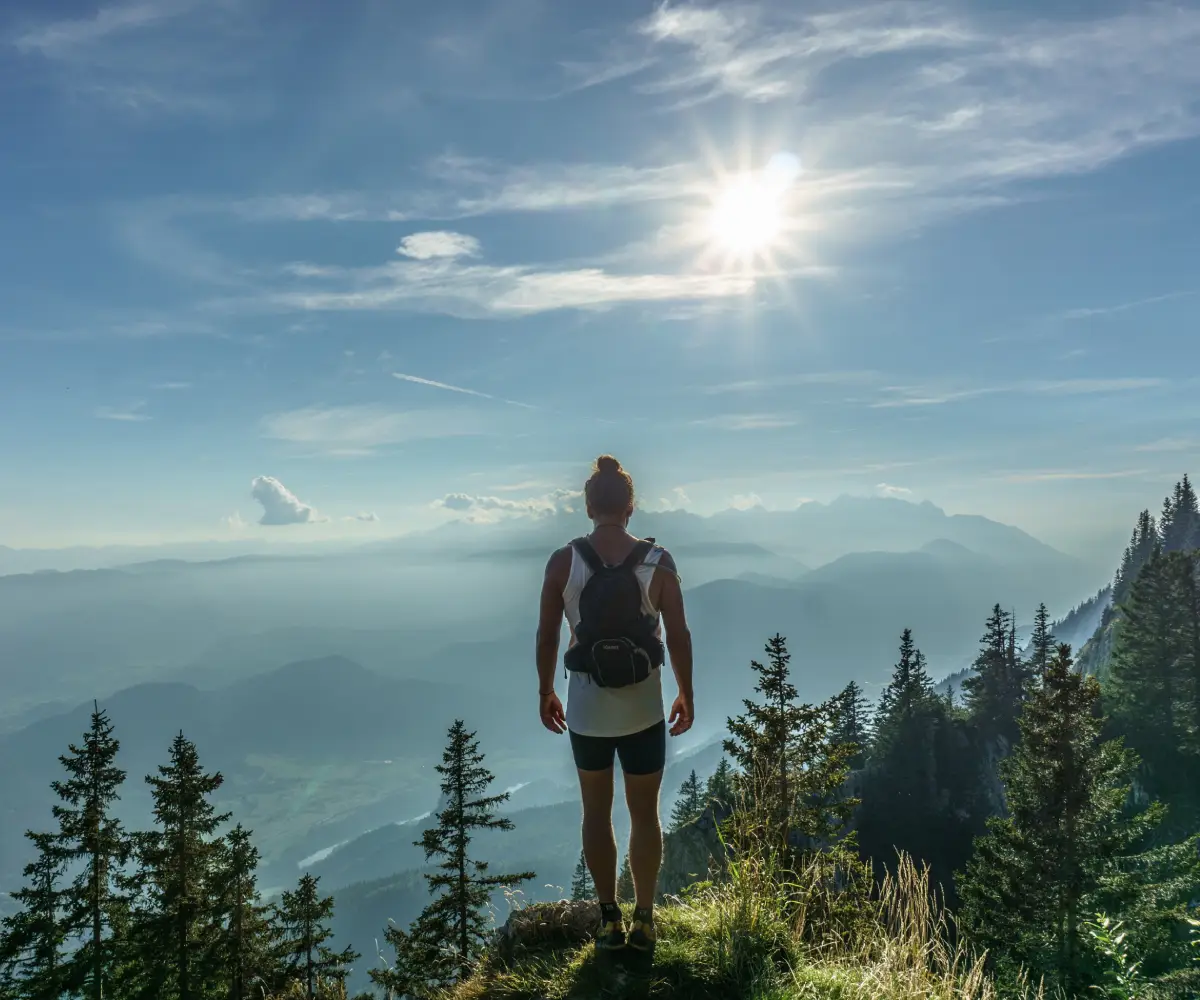The mountains call to many hearts—a siren song of crisp air, breathtaking vistas, and the thrill of reaching new heights. But scaling high-altitude landscapes doesn’t just test your physical limits—it demands mental grit, proper preparation, and respect for nature’s unpredictable temperament. Ready for your next courageous step? Here are five iconic high-altitude challenges you must conquer:
1. Altitude Acclimatization: Mastering the Thin Air
At elevations above 3,000 meters, oxygen becomes scarce—your body feels it instantly. Breathing becomes harder, heart rate spikes, and fatigue sets in quickly. To safely summit, you must acclimatize gradually. Strategies include:
- “Climb high, sleep low”—ascend during the day but sleep at 1,000–1,500 feet lower.
- Hydrate and eat frequently, with high-carb meals to energize.
- Plan rest days every 300–500 meters of ascent.
- Recognize symptoms like headaches, nausea, and dizziness; take them seriously.
Conquering altitude isn’t just muscle—it’s strategy, patience, and listening to your body.
2. Extreme Weather Conditions: Adapting to Mountain Moods
A sunny morning can quickly shift to a snowstorm. High-altitude weather is capricious. Facing this challenge means:
- Layering wisely:
- Base layer: moisture-wicking.
- Insulation layer: fleece or synthetic down.
- Outer layer: waterproof, breathable shell.
- Monitoring weather closely: Regularly check mountain-specific forecasts and stay alert for sudden shifts.
- Coping with cold-induced injuries: Know signs of hypothermia (shivering, slurred speech) and frostbite (white, waxy skin) and act fast.
This challenge tests your preparedness: A well-packed backpack could mean the difference between success and evacuation.
3. Technical Terrain: Rock, Ice, and Crevasse Navigation
Above the tree line, the landscape becomes raw—rock faces, glaciers, and hidden crevasses await. Climbers must climb, step, and balance smartly, not just toughly:
- Rock scrambling: Improves agility through hands-and-feet climbing on steep trails.
- Glacier travel: Learn roped travel, ice axe arrest, and use of crampons.
- Crevasse rescue technique: Understand pull-and-haul methods; it can be a climber’s lifeline.
Even if you aren’t scaling Everest, a glacier trek in the Himalayas or Alps demands respect for their hidden dangers.
4. Mental Resistance: Beyond Physical Strength
Mountains strip away your comforts and confront your mind with isolation, fatigue, and altitude fog. To tackle this, you must fortify your mental resilience:
- Set micro-goals: Reaching a ridge or summit camp feels more achievable than thinking about the full journey.
- Cultivate mindfulness: Techniques like deep breathing, visualization, or mantra repetition can calm nerves mid-blizzard.
- Lean on your team: Share concerns—camaraderie can lift you higher than any gear.
- Stay flexible: Plans change, weather delays, bodies falter. Adapting is just as vital as ascending.
Here, conquering fear is as important as footwork. Step by step, mind over matter.
5. Physical Endurance: Building Peak Fitness
High-altitude trekking is not just a hike—it’s an endurance sport that demands strength, stamina, and cardiovascular capacity. Your body must be trail-tough:
- Cardio conditioning: Long hikes, cycling, swimming, or running—three to four times weekly.
- Strength training: Squats, deadlifts, lunges, planks—train your legs, core, and upper body to carry you uphill.
- Balance training: Yoga, single-leg stands, BOSU ball routines help on uneven alpine terrain.
- Flexibility: Regular stretching keeps joints supple and muscles injury-resistant.
Consistency is key. Start months ahead—by trek season, your endurance will pay dividends in the thin air.
🌄 Bonus Tips: Gear, Nutrition, & Leave-No-Trace Ethics
🧭 Essential Gear:
Good gear makes high-altitude safe and bearable. Include visited essentials like a headlamp, layered clothing, quality boots, trekking poles, first-aid kit, oxygen monitor, and a GPS tracker.
🥗 Eat & Drink Smart:
High-altitude demands calories—eat complex carbs and healthy fats with each meal. Hydrate often, carry tablets if local water isn’t safe, and consider electrolyte supplements.
🌱 Leave No Trace:
The mountains are fragile and sacred. Pack out all waste, stay on marked trails, and respect wildlife and communities. Climb with a clear conscience and leave only footsteps.
🏆 Why These Challenges Matter
Conquering these five challenges—altitude, weather, terrain, mind, and body—elevates you from hiker to mountaineer. You gain confidence to explore further, skills to stay safe, and stories worth telling for a lifetime. Mountains shape you as much as you climb them.
📌 How to Prepare for Your Adventure
- Start with treks above 3,000 m to learn acclimatization
- Take a mountaineering course (basic or glacier travel)
- Invest in quality gear (proper boots, layers, and insulation)
- Train with purposeful fitness routines targeting trail requirements
- Join groups or hire experienced guides for your first high-altitude trips


0 Comments